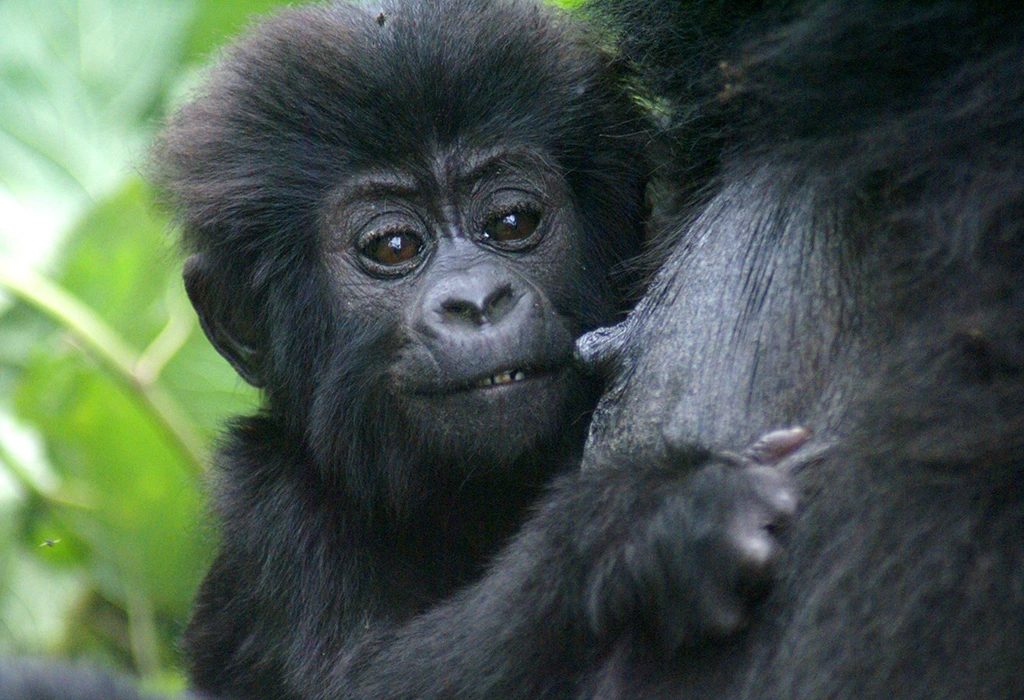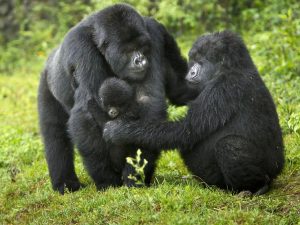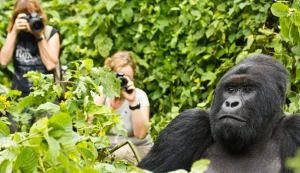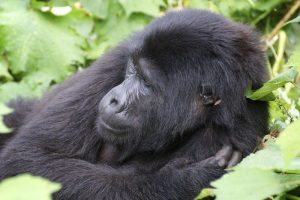Why You Should Include Gorilla Trekking on Your Bucket List
Gorilla trekking isn’t just an adventure it’s a life-changing experience that connects you to one of the world’s most endangered and majestic creatures in their natural habitat. Every year, thousands of travelers journey to the mist-covered forests of Uganda, Rwanda, and the Democratic Republic of Congo to see mountain gorillas up close. If you’re building your dream bucket list, you should seriously consider adding gorilla trekking to it.
Why Is Gorilla Trekking a Once-in-a-Lifetime Experience?
Gorilla trekking offers something you can’t find anywhere else on Earth: the chance to sit just a few feet from a family of wild mountain gorillas. These primates don’t survive in captivity, so the only way to see them is to hike deep into the rainforests of East Africa. Fewer than 1,100 mountain gorillas remain in the wild, making this encounter exceptionally rare and deeply moving.
You’ll observe their daily behavior, from feeding and grooming to caring for their young. Looking into the expressive, intelligent eyes of a silverback gorilla is unforgettable. This is not a zoo or a controlled park—it’s raw, real, and entirely authentic.
How Does Gorilla Trekking Help With Gorilla Conservation?
When you buy a gorilla trekking permit, you directly support conservation. Permit fees fund ranger patrols, veterinary care, habitat protection, and community development around gorilla habitats. Organizations like the Uganda Wildlife Authority and Rwanda Development Board use this money to combat poaching and monitor gorilla health.
In Uganda, for example, $800 of each permit goes toward protecting gorillas and supporting surrounding communities. Your visit becomes part of a powerful conservation success story—mountain gorilla numbers are increasing, thanks in large part to responsible tourism.
How Is Gorilla Trekking Different From Other Wildlife Safaris?
Traditional safaris take you through open savannahs in vehicles to watch lions, elephants, and giraffes. In contrast, gorilla trekking is a fully immersive jungle hike where you follow expert trackers on foot through dense vegetation until you locate a specific gorilla family.
This style of encounter creates a deeper connection to the animals and the environment. It’s more personal, more physical, and far more intimate than watching wildlife from afar.
Is Gorilla Trekking Physically Demanding?
Yes but that’s part of what makes it rewarding. Trekking involves navigating steep, muddy trails, thick underbrush, and high altitudes. Depending on where the gorilla family is located, your trek could last anywhere from 30 minutes to 6 hours.
You don’t need to be an athlete, but a moderate level of fitness helps. Prepare with hiking, stair climbing, and cardio workouts before your trip. Also, invest in proper gear like hiking boots, gloves, and waterproof clothing.
What Is the Best Time of Year to Go Gorilla Trekking?
The best times to go gorilla trekking are during the dry seasons:
-
June to September
-
December to February
During these months, trails are more manageable, and gorilla visibility tends to improve. However, gorilla trekking happens year-round, and the rainy season has its own appeal—fewer tourists and a lusher, more atmospheric jungle.
How Do You Get a Gorilla Trekking Permit and How Much Does It Cost?
You must purchase a permit to go gorilla trekking. These permits are limited and sell out months in advance, so book early through an authorized tour operator or directly from the country’s wildlife authority.
Current prices (as of 2025):
-
Uganda: $800 per person
-
Rwanda: $1,500 per person
-
DR Congo: approximately $450 per person (when open)
Permits include park entrance, guides, and one hour with a gorilla family.
What Safety Measures Do They Take During Gorilla Treks?
Safety is a top priority for gorilla trekking. Trained guides and armed rangers accompany every group, ensuring both guest and gorilla safety. Before each trek, you’ll attend a safety briefing on how to behave around gorillas—no loud noises, no direct eye contact, and always maintain a distance of at least 7 meters.
In addition, guests must undergo basic health screening. Gorillas share over 98 percent of our DNA and are vulnerable to human diseases, so if you’re unwell, you won’t be allowed to trek.
What Other Activities Can You Combine With Gorilla Trekking?
Gorilla trekking fits well into a broader East African itinerary. Many travelers combine it with:
-
Big Five safaris in Queen Elizabeth National Park or Akagera
-
Volcano hiking in the Virunga Mountains
This mix of wildlife, culture, and adventure creates a well-rounded and unforgettable journey.
What Should You Pack for the Adventure?
Packing smart is essential. Here’s a basic list of what you need:
-
Waterproof hiking boots
-
Rain jacket and gaiters
-
Long-sleeved shirt and trousers (neutral colors)
-
Gardening gloves (for pushing through vines)
-
Reusable water bottle
-
Bug spray with DEET
-
High-energy snacks
-
Camera with extra batteries
Avoid wearing black or bright colors—neutral tones blend better with the jungle and keep you cooler.
Why Should You Add Gorilla Trekking to Your Travel Bucket List?
Add it to your bucket list because it delivers more than wildlife viewing—it offers perspective. The journey pushes your body, fills your heart, and connects you to a global conservation story. You’ll leave with awe for the resilience of the gorillas and a deeper appreciation for our shared planet.
This isn’t just a vacation. It’s a meaningful journey into one of Earth’s last wild places—one that challenges you, inspires you, and stays with you for life.
Make the Trek, Change Your World
Gorilla trekking belongs on your bucket list because it offers more than a photograph—it gives you a profound connection to nature, community, and conservation. Whether you’re a seasoned explorer or a curious traveler, this experience has the power to shift how you see the world.
If you’re ready for a soul-stirring journey that combines wilderness, wildlife, and wonder—start planning your gorilla trekking adventure today.
Add gorilla trekking to your travel bucket list. Discover why this rare wildlife encounter in Uganda or Rwanda is life-changing, eco-friendly, and unforgettable.




